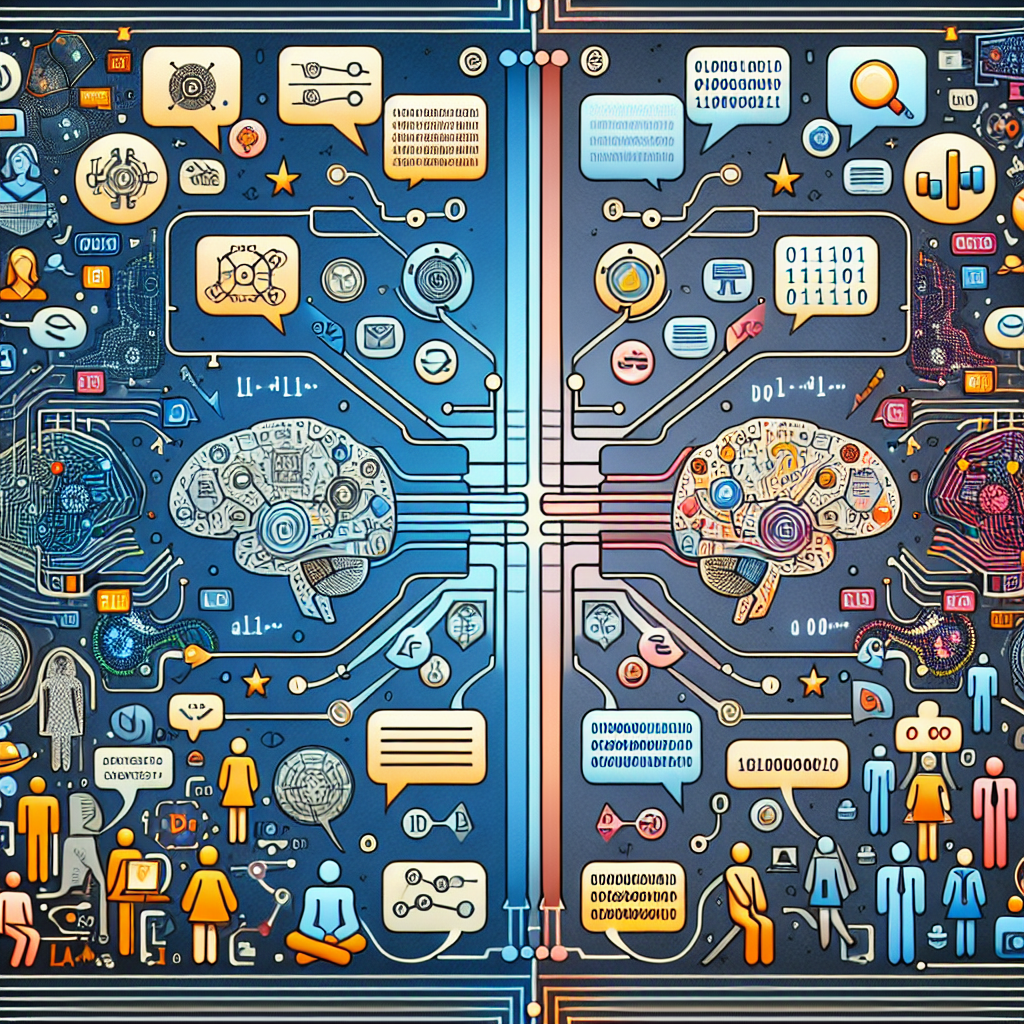Natural Language Processing (NLP) is a field of artificial intelligence that focuses on the interaction between computers and humans through natural language. It involves the development of algorithms and models that enable computers to understand, interpret, and generate human language. NLP has a wide range of applications, including speech recognition, machine translation, sentiment analysis, and chatbots.
Discourse analysis, on the other hand, is a branch of linguistics that studies the structure and use of language in communication. It focuses on the ways in which language is used to convey meaning and achieve specific communicative goals. Discourse analysis examines the relationships between language and social interaction, as well as the cultural and contextual factors that influence communication.
NLP and discourse analysis are closely related fields, as they both deal with the analysis and understanding of language. In recent years, there has been a growing interest in combining NLP techniques with discourse analysis methods to improve the performance of natural language processing systems. By incorporating insights from discourse analysis, NLP systems can better understand the nuances of human language and produce more accurate and contextually appropriate responses.
One of the key challenges in NLP is the ambiguity and complexity of natural language. Human language is inherently ambiguous, with words and phrases often having multiple meanings depending on the context in which they are used. Discourse analysis provides a framework for understanding how language is structured and organized in different types of communication, which can help NLP systems disambiguate and interpret language more effectively.
Another important aspect of discourse analysis is the study of discourse markers, which are words or phrases that signal the structure and organization of discourse. Discourse markers play a crucial role in guiding the flow of conversation and signaling relationships between different parts of a text. By analyzing discourse markers, NLP systems can better understand the structure and coherence of text, leading to more accurate and contextually appropriate language processing.
In addition, discourse analysis can help NLP systems recognize and interpret pragmatic aspects of language, such as implicature, presupposition, and speech acts. Pragmatics is the study of how language is used in context to achieve communicative goals, and it plays a key role in understanding the intended meaning of a text. By incorporating insights from discourse analysis, NLP systems can better understand the pragmatic aspects of language and generate more contextually appropriate responses.
Overall, the integration of NLP and discourse analysis holds great promise for advancing the capabilities of natural language processing systems. By combining the computational power of NLP with the insights from discourse analysis, researchers can develop more sophisticated and accurate language processing models that can better understand and generate human language.
FAQs:
Q: What are some common applications of NLP and discourse analysis?
A: Some common applications of NLP and discourse analysis include sentiment analysis, machine translation, chatbots, text summarization, and information extraction.
Q: How does discourse analysis contribute to the field of NLP?
A: Discourse analysis provides insights into the structure and organization of language in communication, which can help NLP systems better understand the nuances of human language and produce more accurate and contextually appropriate responses.
Q: What are some of the challenges in integrating NLP and discourse analysis?
A: One of the challenges in integrating NLP and discourse analysis is the complexity of human language, which is often ambiguous and context-dependent. Researchers must develop sophisticated algorithms and models that can capture the subtle nuances of language and discourse.
Q: How can NLP and discourse analysis be used to improve language processing systems?
A: By combining insights from NLP and discourse analysis, researchers can develop more sophisticated and accurate language processing models that can better understand and generate human language. This can lead to more contextually appropriate responses and enhance the overall performance of language processing systems.

